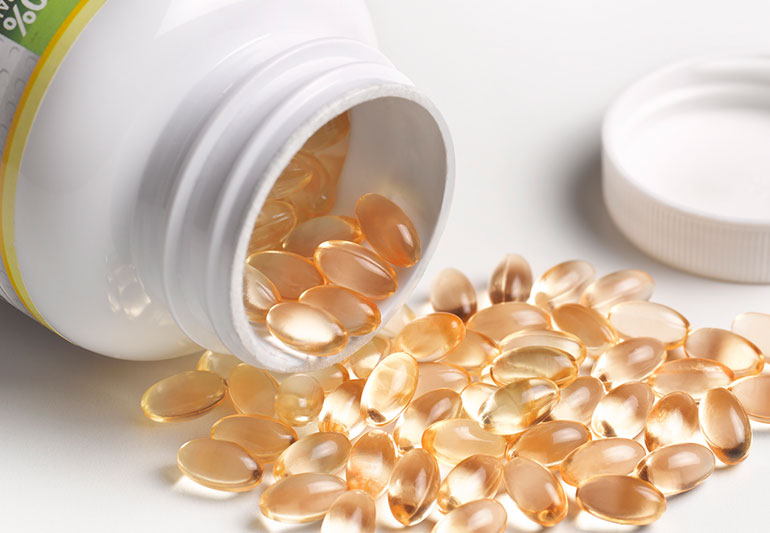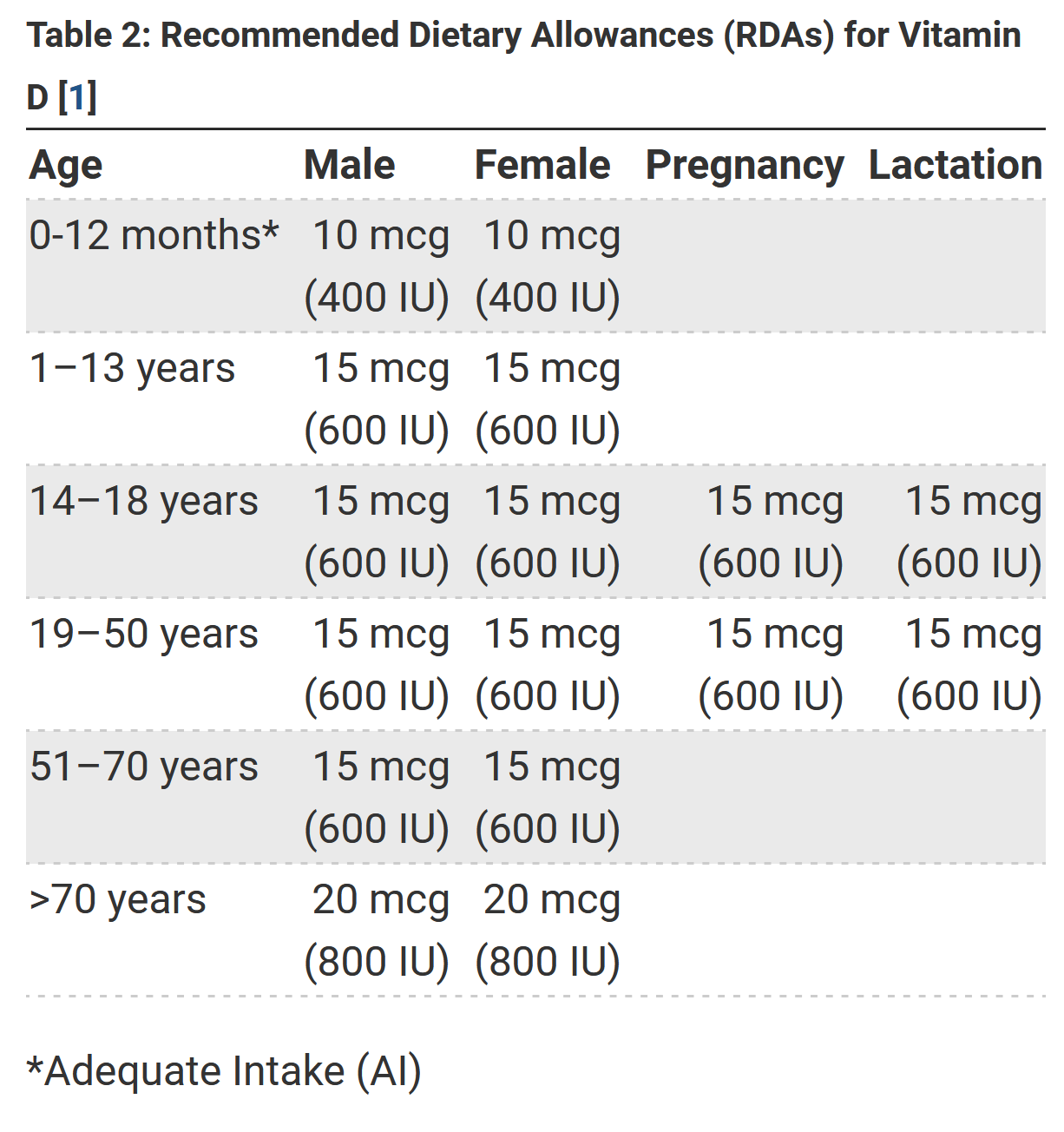Posts Tagged ‘Vitamin D’
Vitamin D Supplementation. By Our Student Pharmacist, Paul Matheke.
A Guide to Vitamin D Supplementation
- Vitamin D is important for your bone health. Together with calcium, Vitamin D helps protect older adults from osteoporosis.[2] Most people do not consume enough vitamin D from their diet alone. That is why you may want to use a vitamin D supplement, especially if your vitamin D levels are running low.
- Vitamin D has evidence suggesting it to be effective with:
- Helping treat bone disorders.
- Helping prevent osteoporosis.
- Helping reduce the risk of multiple sclerosis. [3]
- Vitamin D is also being studied to assess its impact on cognitive health and preventing certain cancers. [3]
- If you are older than 70 your skin may not create vitamin D as efficiently as it used to. [2]
- In foods and dietary supplements, vitamin D comes in two forms:
- Vitamin D2 (ergocalciferol)
- Vitamin D3 (cholecalciferol)
- These two forms differ only slightly in their chemical structure.
- Both are safe and effective, however, some studies show that vitamin D3 is a bit more effective at raising and maintaining your vitamin D levels. [4]
- When you go to the doctor and they perform tests that can measure your vitamin D, here is what to look for:
- 25(OH)D is your vitamin D level. [2]
- These charts help you interpret your vitamin D levels and how much vitamin D you need every day.
- Not many foods naturally contain much vitamin D. Foods with some natural sources of vitamin D include:
- Fish (trout, salmon, tuna)
- Egg yolks
- Some mushrooms [2]
- Some foods, like milk, may be fortified to have vitamin D in them.
- Milk usually contains 120 IU/cup. [2]
- Of course, you also get vitamin D from the sun.
- The sun emits UV radiation that your skin uses to make vitamin D.
- However, depending on your location, the season, and how much time outside you spend, you may not get enough vitamin D from the sun alone–especially not here in Ohio!
- If you decide to get more time in the sun, make sure you wear enough sunblock! [2]
- If you decide that you want to use a vitamin D supplement, you should always consult with your doctor and pharmacist first.
- You have quite a few options with dosages of Vitamin D, as many brands provide different strengths and formulations.
- Dosages for the prevention of osteoporosis are typically in the range of 600-1,000 units.
- You may see higher doses, some as high as 4,000 units.
- You could take these doses, but be sure to get your vitamin D levels monitored as these are higher doses.
- Can I take too much vitamin D?
- Yes! And it could cause high calcium levels that hurt your bones and kidneys. [2]
- Fortunately, even if you take the highest doses available over-the-counter, like 4,000 IU daily, this is not a serious concern. Still, you should always keep your doctor in the loop about your supplementation and monitor your vitamin D levels to prevent excessive amounts.
- Symptoms of excessive vitamin D toxicity and high calcium are
- Confusion
- Fatigue
- Weakness
- Nausea and vomiting [5]
- Supplementation tips with vitamin D:
- Vitamin D can be taken with or without food.
- However, it is best taken with a meal, as this helps absorption. [5]
- Drug interactions with vitamin D
- Vitamin D can increase your risk of high calcium when taking a diuretic such as hydrochlorothiazide. [5]
- Vitamin D can be taken with or without food.
- You have quite a few options with dosages of Vitamin D, as many brands provide different strengths and formulations.
References:
[1] Pazirandeh S, Burns D. Overview of Vitamin D. UpToDate. September 23, 2021. Accessed November 15, 2021. www.uptodate.com
[2] NIH Health Information. Vitamin D. Accessed November 15, 2021 https://ods.od.nih.gov/factsheets/VitaminD-HealthProfessional/
[3] Mayo Clinic. Vitamin D. Accessed November 15, 2021. https://www.mayoclinic.org/drugs-supplements-vitamin-d/art-20363792
[4] Harvard University: The Nutrition Source. Vitamin D. Updated March, 2020. Accessed November 15, 2021. https://www.hsph.harvard.edu/nutritionsource/vitamin-d/
[5] Lexi Drugs: Ergocalciferol. Wolters Kluwer. Accessed November 15 2021. online.lexi.com.
Get Your Vitamin D! By Our July Student Pharmacist, Andrew Chow.
Ever wonder why you see fortified milk, yogurt, and cereal? Partly because they have been “fortified” with vitamin D.
Why do you need Vitamin D added to your food?
Vitamin D is essential to bone, skin, and mental health, because it enhances the gut absorption of minerals such as calcium, iron, magnesium, phosphate, and zinc. People need these minerals in order to stay alive. Vitamin D may also protect against osteoporosis, high blood pressure, high cholesterol, cancer, and other diseases.
A person generally needs about 30 ng/ml of vitamin D daily to be healthy. Also remember that less than 12 ng/ml is considered vitamin D deficient, leading to rickets in infants and children and osteomalacia in adults. Rickets is a softening or weakening of the bones. Osteomalacia is weakness in bones and muscles.
Vitamin D levels greater than 50 ng/ml are considered too high and are also harmful to the body.
Vitamin D helps the body absorb calcium, which allows the body to form and maintain strong bones. Without sufficient vitamin D, bones can become thin and brittle. Causes of vitamin D deficiency include decreased intake or absorption of vitamin D, diet restrictions, decreased sun exposure, and decreased ability to synthesize vitamin D. Taking prescription medications can also affect vitamin D absorption.
Because there are two forms of vitamin D that are important to humans, people often get confused with them. Vitamin D2 (ergocalciferol) is made by plants, while vitamin D3 (cholecalciferol) is made by human skin when exposed to sunlight.
Vitamin D is found in many food sources. These include fish, egg yolks, cheese, beef liver, fatty fish (such as salmon, mackerel, tuna, and eel), canned tuna fish, and cod liver oil. One egg yolk will give you about 40 International Units (IUs) of vitamin D. Eight fluid ounces of fortified milk contain about 100 IUs. As for cod liver oil, one tablespoon contains about 1,300 IUs of vitamin D. Canned light tuna contains about 150 IUs per 4 ounces while a 3-ounce salmon fillet has about 450 IUs. Eating 100 grams of Swiss cheese gives you 44 IUs of vitamin D.
As a reference, the recommended daily dietary allowance of vitamin D is 600 IUs, except for people over the age of 70–for them it is 800 IUs. The maximum upper limit of vitamin D daily intake is 4,000 IUs for people over the age of 8 years old and 1,000 IUs for infants.
As stated earlier, please don’t forget sunlight.
When you get exposure to UVB rays from sunlight, a compound called 7-dehydrocholesterol is converted to vitamin D3 (cholecalciferol) in the skin. About 20 to 30 minutes exposure to sunlight one to two times a week should help you maintain healthy levels of vitamin D.
The most common medical treatment for vitamin D deficiency is taking either vitamin D3 or vitamin D2 supplements. When possible, vitamin D3 is recommended over vitamin D2 because vitamin D3 is the naturally occurring form of the vitamin and it may raise vitamin D levels more effectively.
For an adult whose vitamin D level is less than 20 ng/ml, treatment usually includes 50,000 IUs of vitamin D2 or D3 by mouth once or more per week for six to eight weeks, and then 800 to 1000 IUs of vitamin D3 daily thereafter. If a person has a vitamin D level between 20 to 30 ng/mL, then they take 800 to 1,000 IUs by mouth daily for three months. Finally, in infants and children whose vitamin D level is less than 20 ng/ml, they need to take 1,000 to 5,000 IUs of vitamin D2 by mouth per day for two to three months based on their age.
http://ods.od.nih.gov/factsheets/VitaminD-HealthProfessional/
http://emedicine.medscape.com/article/128762-overview#a0156
http://www.uptodate.com/contents/vitamin-d-deficiency-beyond-the-basics
http://www.health.com/health/gallery/0,,20504538_2,00.html
http://www.mayoclinic.org/drugs-supplements/vitamin-d/background/hrb-20060400





